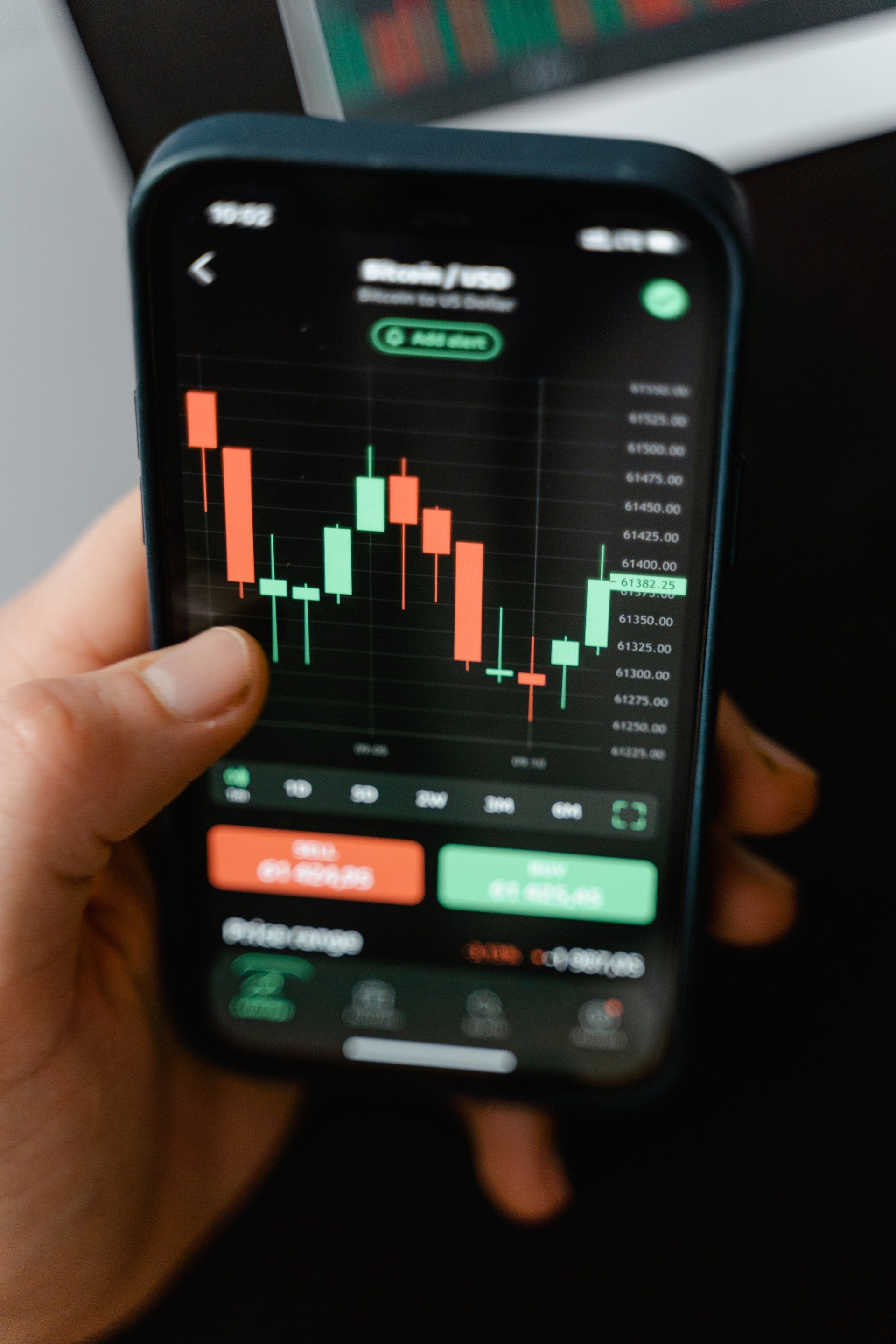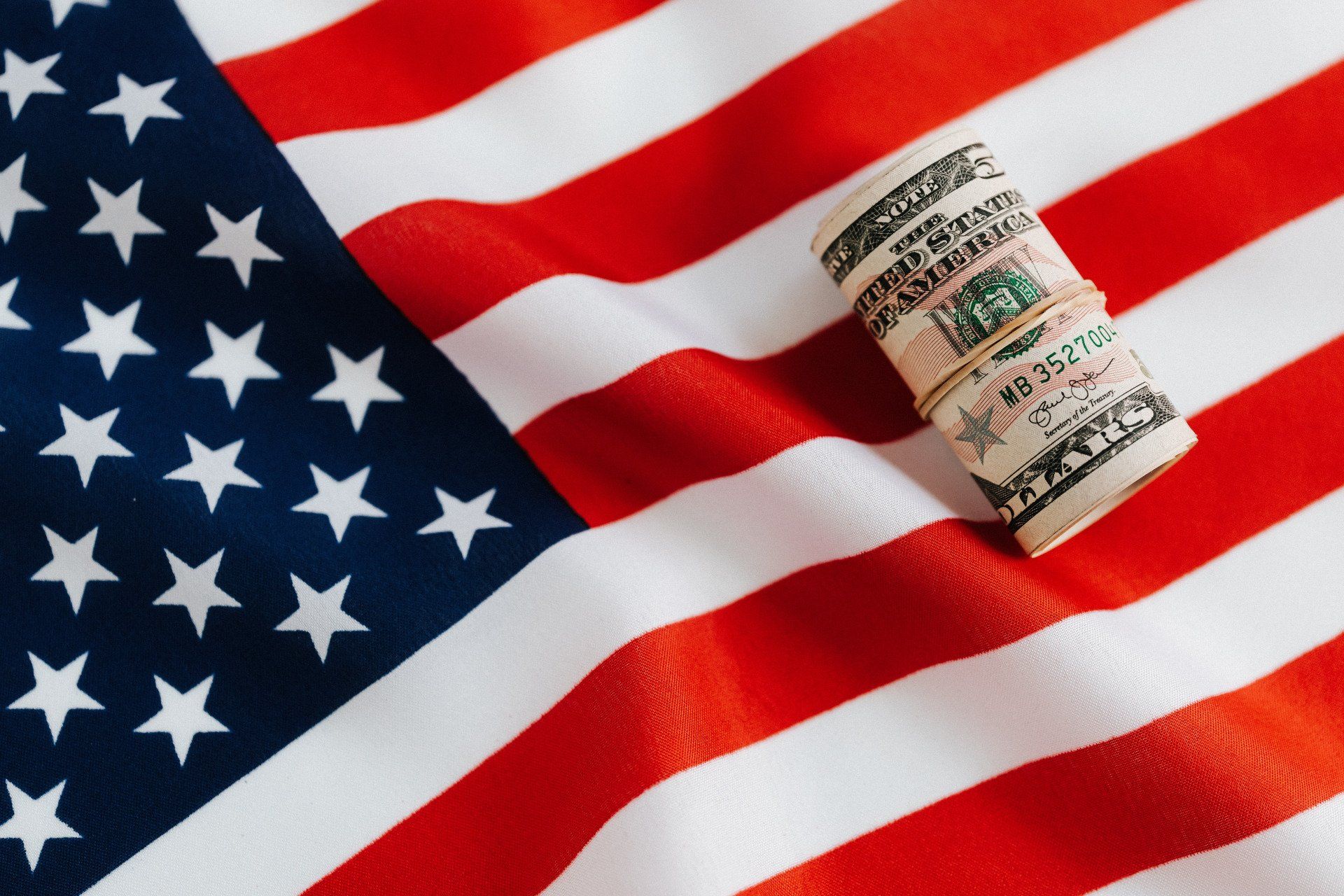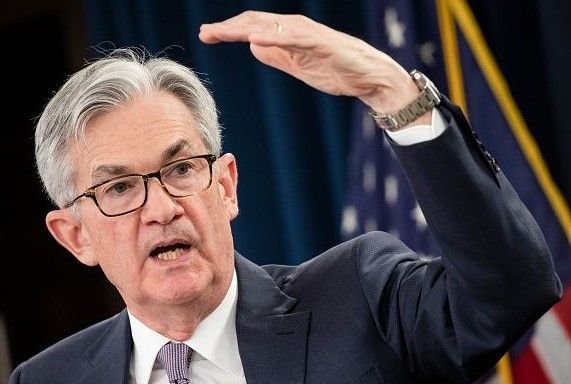Uncoupling from China
The recent pandemic exposed the business risk of having long supply chains spread across the world. China is effectively the world's factory and companies who couldn't get key components and parts from China saw their operations stall and their assembly lines grind to a halt. In addition, geopolitical tensions between China and the West have further increased the desire for companies to limit their exposure to Chinese manufacturing.
But how easy is it to uncouple a business from China and now that China is rapidly reopening (factory activity has expanded at the fastest pace in more than a decade) will western companies have the stomach to move manufacturing and increase their cost bases.
Manufacturing in China
The outsourcing of manufacturing to lower cost economies has been going on since the 60s and 70s. It's been used in everything from the manufacture of plastic widgets through to automotives and shipbuilding. But it increased massively from the early 90s onwards in the area of electronic products. This coincided with a boom in technological capability and consumer trends centred around mobile phones and personal entertainment (think DVD players, flat screen TVs, MP3 players etc.). China, with it's low cost base and desire to level up it's economy, welcomed the opportunity with open arms and within a period of 30 years its physical landscape had been transformed by factories and offices to support the new economy.
With retailers constantly trying to drive the retail price of products down to increase sales to consumers they effectively got hooked on the low cost drug. For example, 80% of all Apple iPhones are made in China and the flagship iPhone 14 model (the one with the highest margin) is exclusively made in China. It's a similar picture for many other consumer electronic products, not to mention that myriad of electronics and subassemblies being produced for pretty much any industry you can think of including the all important automotive.
Uncoupling from China
Uncoupling Chinese supply chains can involve several strategies, including diversifying suppliers, reshoring production to domestic markets, or sourcing from other low-cost countries. But if China is the lowest cost option then moving away from China inevitably means there will be an increase in costs to companies that will have to be passed onto consumers; not to mention significant disruption to product availability during any transition period. The very act of moving would therefore put up prices which would not be well received by consumers in an already high inflation environment. This will result in a reduction in sales, so which company will really want to be the one to make the first move if their products are going to be more expensive than their competitor's.
Other low cost areas of the world exist, for example Apple already produces some products in India. But getting to the scale required to meet existing production demand from China is just not achievable in the short term. If you look at Foxconn in China (Apple's main supplier), it has one factory employing over 200,000 staff and its expertise has been honed over 20+ years. It could literally take 5-10 years to move that volume of work to a new plant in a new country and get to the same level of quality. As one business executive put it "we spent 13 years getting into China. It's impossible for us to just pull out".
Latterly the desire to uncouple from China has been driven not only by wanting to diversify or reduce reliance on Chinese suppliers for goods and services (in light of the disruptions caused by the COVID-19 pandemic) but also by the geopolitical tensions which are limiting the types of products that can be exported and imported. This area is a whole other minefield: many companies export billions of dollars of products to China, particularly in the field of microchips as China accounts for 50% of global semiconductor demand. Turning off this tap will again have a significant affect on company sales.
China uncoupling from the West
A lot has been talked about in terms of breaking the West's reliance on China but in fact China has a long term plan to break its reliance on the West. Its decoupling strategy has three key objectives: (1) eliminating its dependence on foreign countries and corporations for critical technology and products, (2) facilitating the domestic dominance of home grown firms and (3) leveraging that dominance into global competitiveness. The strategy of becoming the world's factory was to create economic wealth in order to pursue these goals.
Summary
Whichever way you look at it, it seems there is a mutual desire for the West to reduce its reliance on China and vice versa. However, uncoupling from Chinese supply chains is a complex issue that requires careful consideration of the potential benefits and drawbacks. And lets not forget, this marriage was many years in the making and extracting production and undoing business relationships cultivated over many years will not be straightforward.
Although, no doubt, we'll hear a lot of words, it's unlikely that we'll see major changes any time soon.
If you want to improve your trading on Futures like the e-mini nasdaq, e-mini S&P, Commodities, Forex or similar then you want to use a system that has the best Trade Signals and Trading Strategies in the market. Inteligex will help you Learn to Trade the right way, book your FREE Personal Consultation below to find out more. It's over 80% accurate and even tells you where to put your stops and targets.
To see how you could become a winning trader, book your FREE Personal Consultation.









